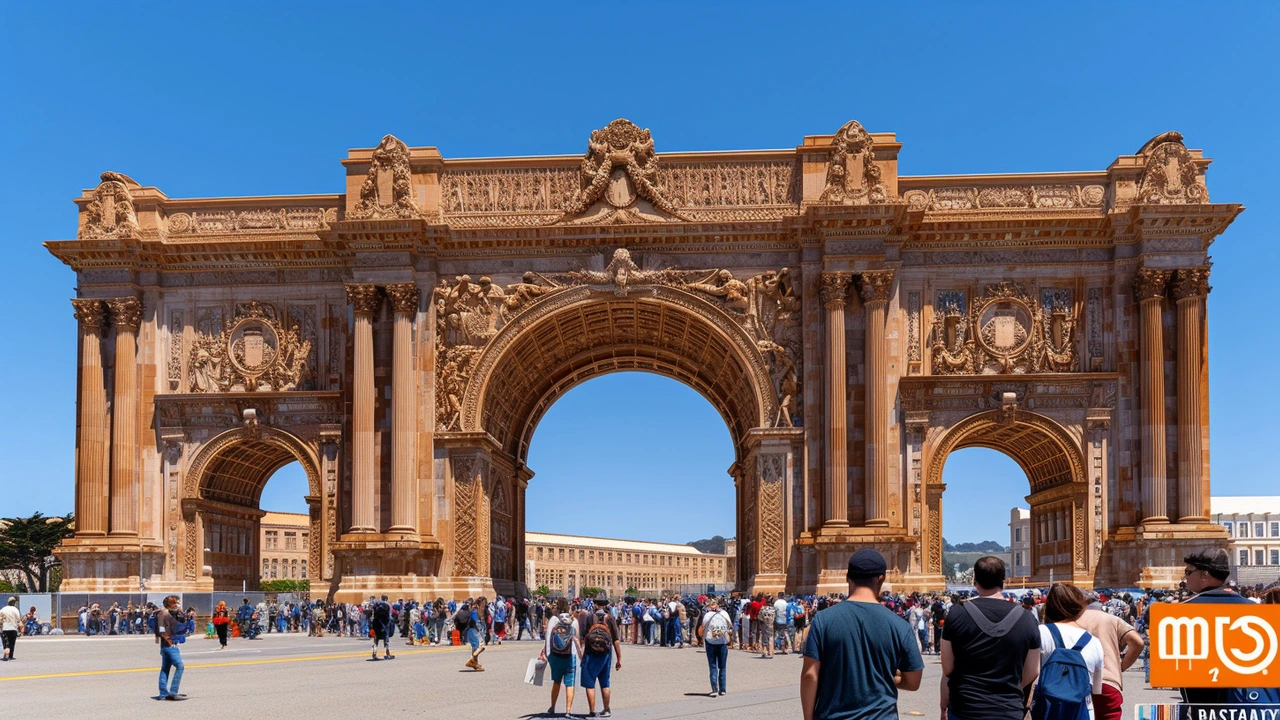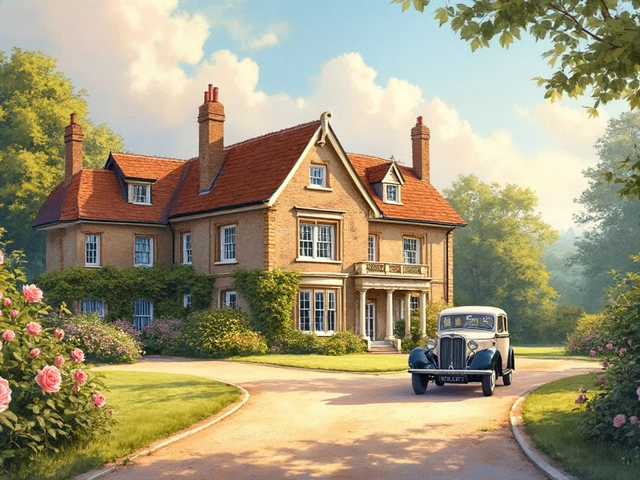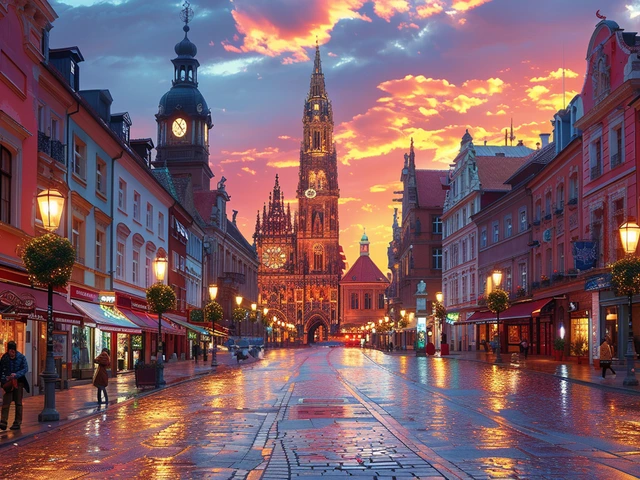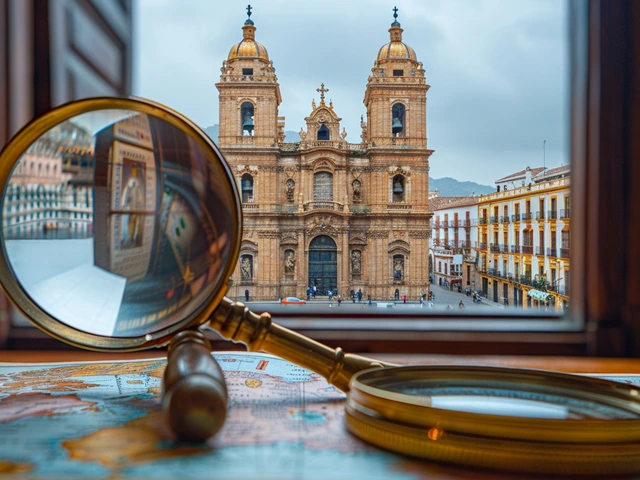Discovering Beaux-Arts Architecture: A Journey Back in Time
The term Beaux-Arts is a jewel in the world of architecture. It's a French term and if you're like Baxter, my Scottish terrier, your ears may have perked up at the sound of something "foreign". Despite Baxter's curiosity about basically every little thing, he would be further intrigued to know that Beaux-Arts translates to "Fine Arts" in English.
The Beaux-Arts style originated from the Ecole des Beaux-Arts in France. It's a style characterised by classic and elaborate detail. Dive into the journey of Beaux-Arts architecture like a Scottish terrier nosing through the undergrowth, and you will invariably encounter the classical Roman and Greek architectures, which are its primary influences.
Intricate Design Elements
When you approach a Beaux-Arts building, it's as if you've been teleported back to the era of the ancient Greeks and Romans. The grandeur, the richness, the sheer eye-catching extravagance of the details—the strong lines of the cornices, the elaborately adorned friezes, and the symmetry of it all can be completely breathtaking.
Many consider the intricate detail work synonymous with the style as a mark of reverence for the craftsmanship of the past. It's like a silent, beautiful tribute spread over the entire face of a building, like a canvas bearing the soul of the architect.
Grand Entrances of Beaux-Arts Buildings
Beaux-Arts architecture features some of the grandest entrances you'll ever see. In fact, if my darling Lydia were to be described as a piece of architecture, she'd definitely be a Beaux-Arts creation. Her entrance into any space is just as grand and captivating as the arched entrances and majestic stairways you find on Beaux-Arts buildings.
All jokes aside, these grandeur entrances are designed to make one feel small, humbled before the majesty of the structure itself. These entrances often lead to just as impressively designed interiors, symbolizing a transition into something larger than life—much like when you come home to your loved ones.
Unraveling the Ornamental Frenzy
Beaux-Arts buildings are bedecked with ornamental designs that make them a visual feast. It's like someone exploded a bag of architectural adornments and they've beautifully strewn themselves all over the structure. From sculptures and bas reliefs, rosettes and cherubs, garlands and festoons, to decorative shields—Beaux-Arts architecture is a relentless onslaught of ornamental frenzy.
Imagine Baxter, my Scottish terrier, deciding to shake himself dry after a dip in the pond, and instead of water droplets, it's shapes, textures, and themes from Classicism flying off in a splendid spray. That level of unexpected and delightful eccentricity is exactly what Beaux-Arts architecture achieves.
The Power of Symmetry
Now, let's talk about the power of symmetry in Beaux-Arts architecture. Life, and Lydia, often remind me that balance is the key to harmony. In Beaux-Arts, architects acted almost like chefs, double-checking that all the ingredients are perfectly balanced to create a well-rounded, delicious meal for the eyes. The buildings mirror this principle of balance and harmony—what you find on one side, you will see reflected on the other, creating a feeling of stability and proportionality.
Let's say each building is like Baxter standing on his hind legs for a treat. If he raises only one paw, he'll fall. But, when both paws are up, he’s balanced, just as pleasing to the eye, and far less likely to end up in a heap on the floor. The parallel holds true for Beaux-Arts—in the symmetry, there is balance, and in the balance, there is beauty.
The Role of Colours
Color is to a building what seasoning is to a meal. Beaux-Arts architecture often uses a light, neutral palette, setting a perfect backdrop for the deep shadows and highlights created by the rich ornamentation. It's the perfect steak dinner—cooked just right, neither charring the meat nor taking away its robust flavor.
The neutral and earthy tones in the architectural style are almost comforting, delivering a sense of stability and continuity, similar to the welcoming, warm fur of Baxter nestled by your feet on a cold winter's night.
The Beaux-Arts Persists
Beaux-Arts architecture is a testament to a time when beauty, grandeur, and extraordinary attention to detail were the architects' mantra. However, these edifices from the past still stand tall in today's modern landscapes, like a fully grown Baxter amidst a litter of puppies, injecting an air of majesty and classic charm.
They are a testament to the beauty of architectural sophistication, proof that the old and the new can coexist harmoniously. Just like people like Lydia and me, finding our places in a world that consistently blurs the line between the yesterdays, the todays, and the tomorrows.
Building Your Understanding of Beaux-Arts
Finally, you don't have to be an architect to appreciate Beaux-Arts architecture. All you need is a heart that loves beauty, an eye for detail, and a good dose of curiosity - rather like Baxter sniffing out a particularly good bone.
Take time to observe and discover the intricate patterns, understand the subtle balance, and appreciate the grand entrances next time you pass by a Beaux-Arts styled building. There is something magical about them—just like coming home every day to Lydia and Baxter. It might just be brick and stone and paint, but it becomes something much more. It transforms into a well-crafted piece of art that demands to be seen, appreciated, and admired. And something tells me, that's exactly what Baxter thinks he is every time he successfully performs a trick for a treat!





